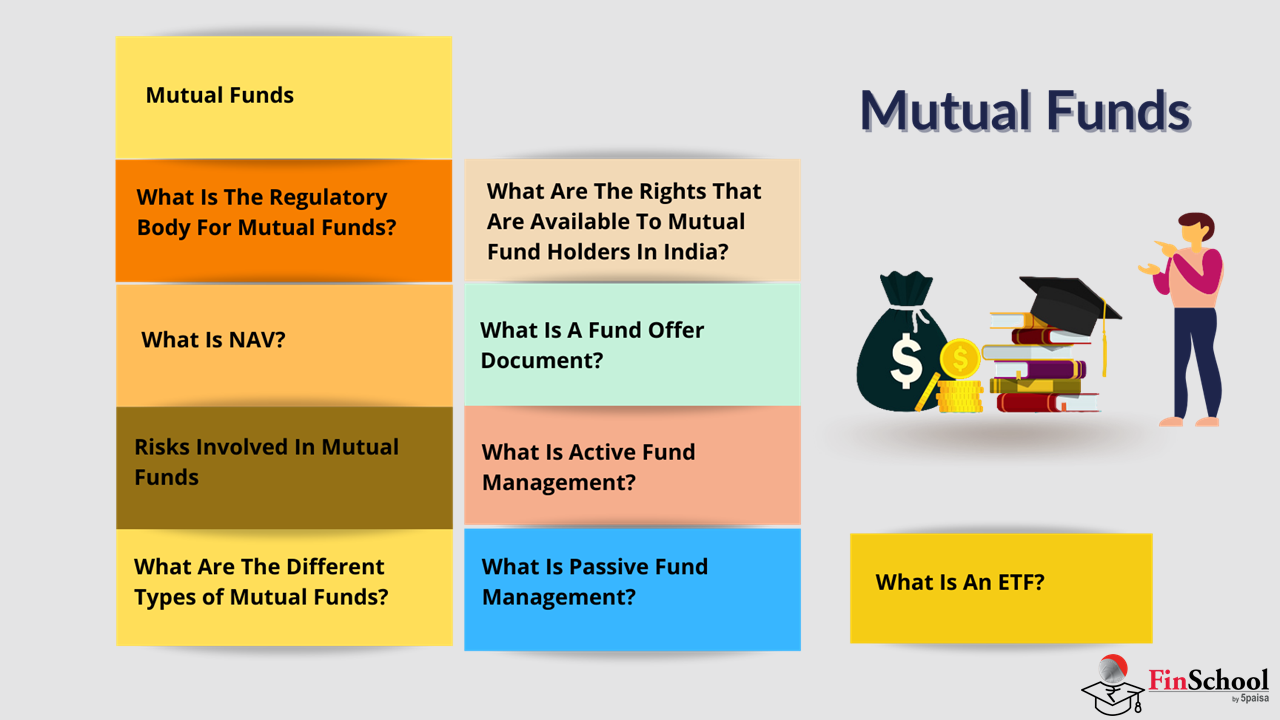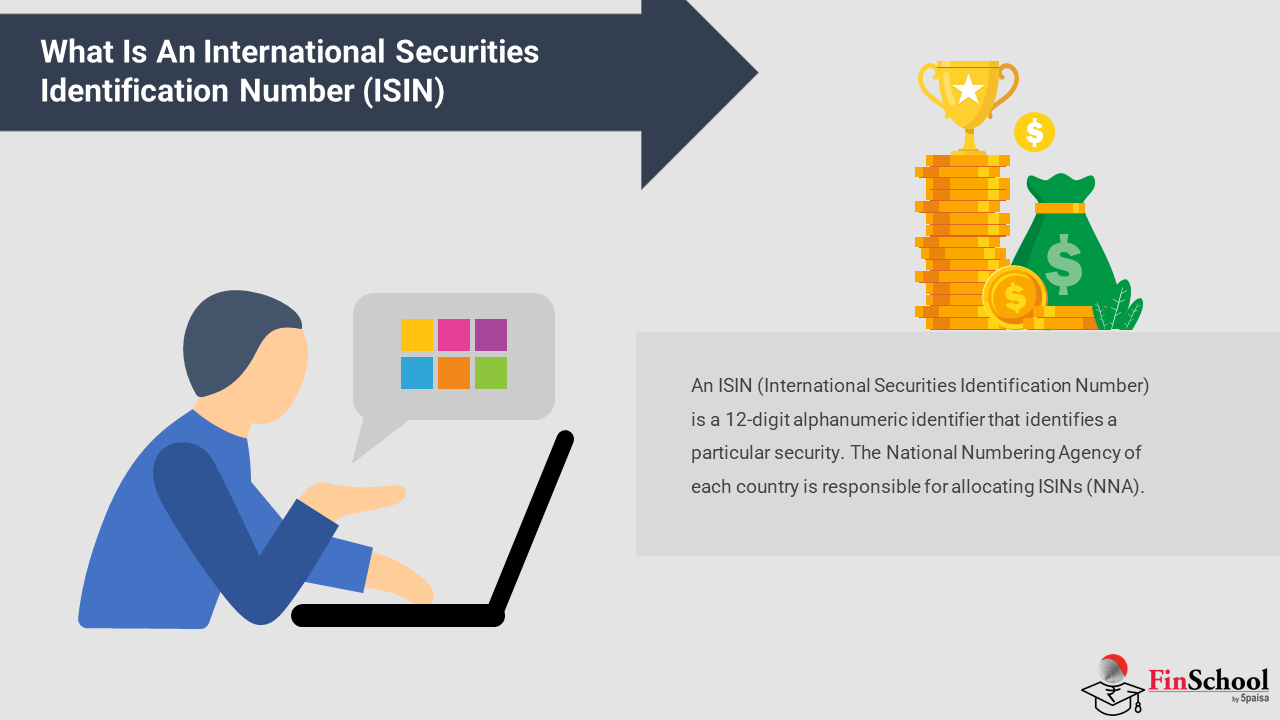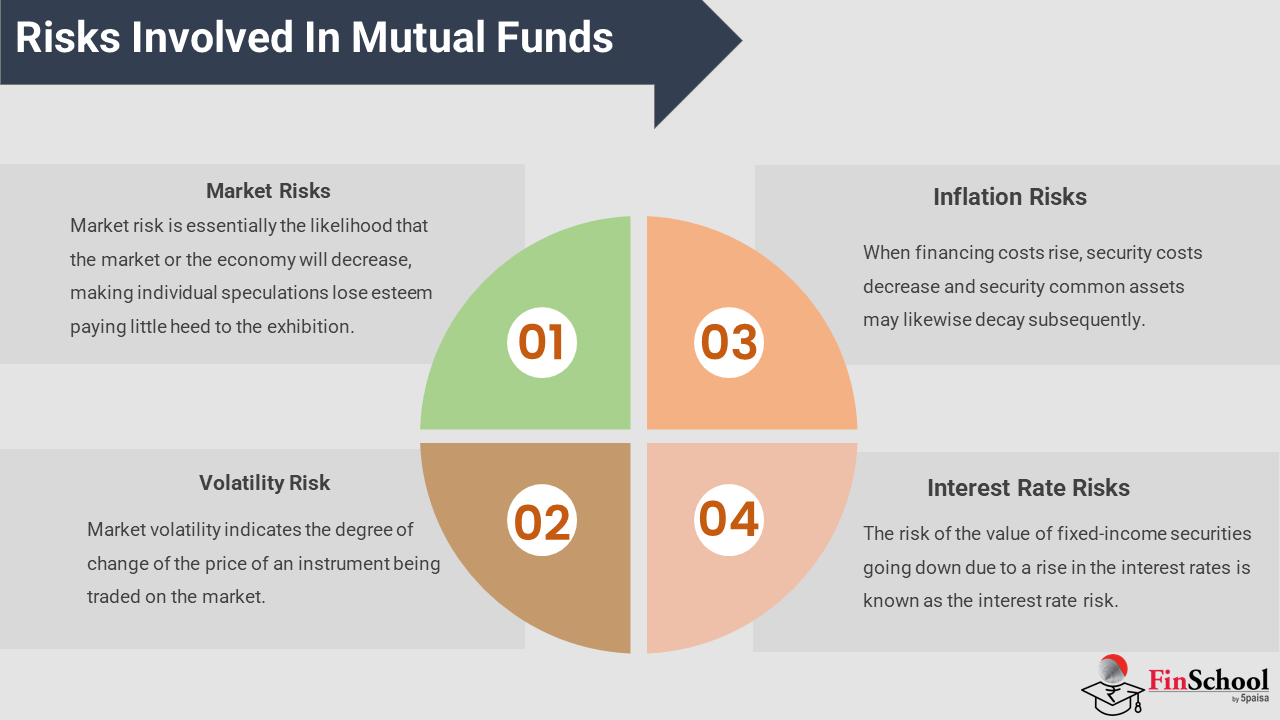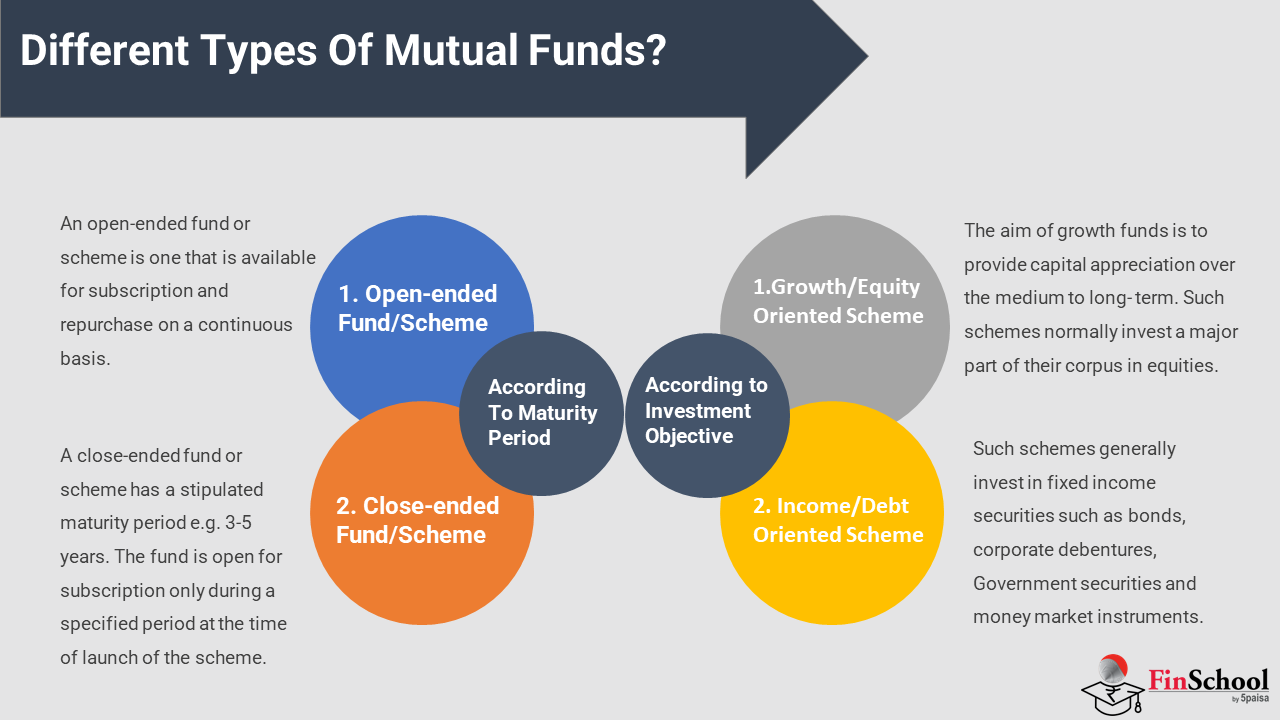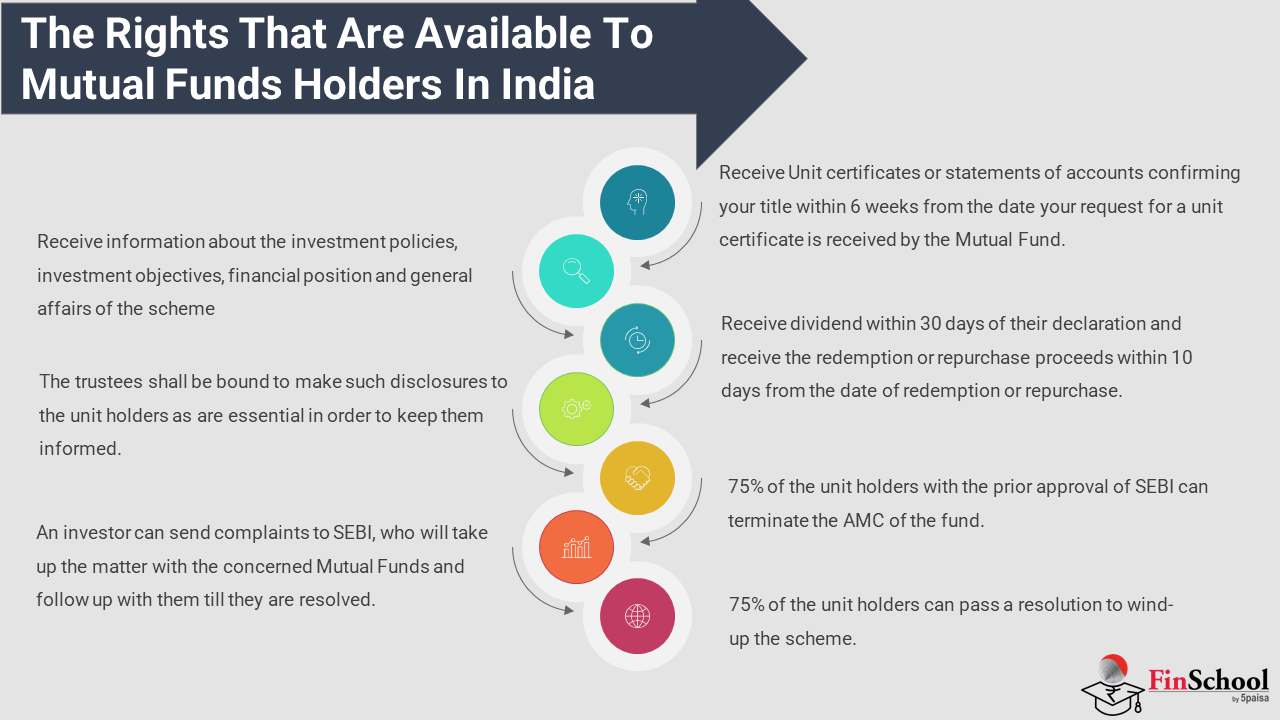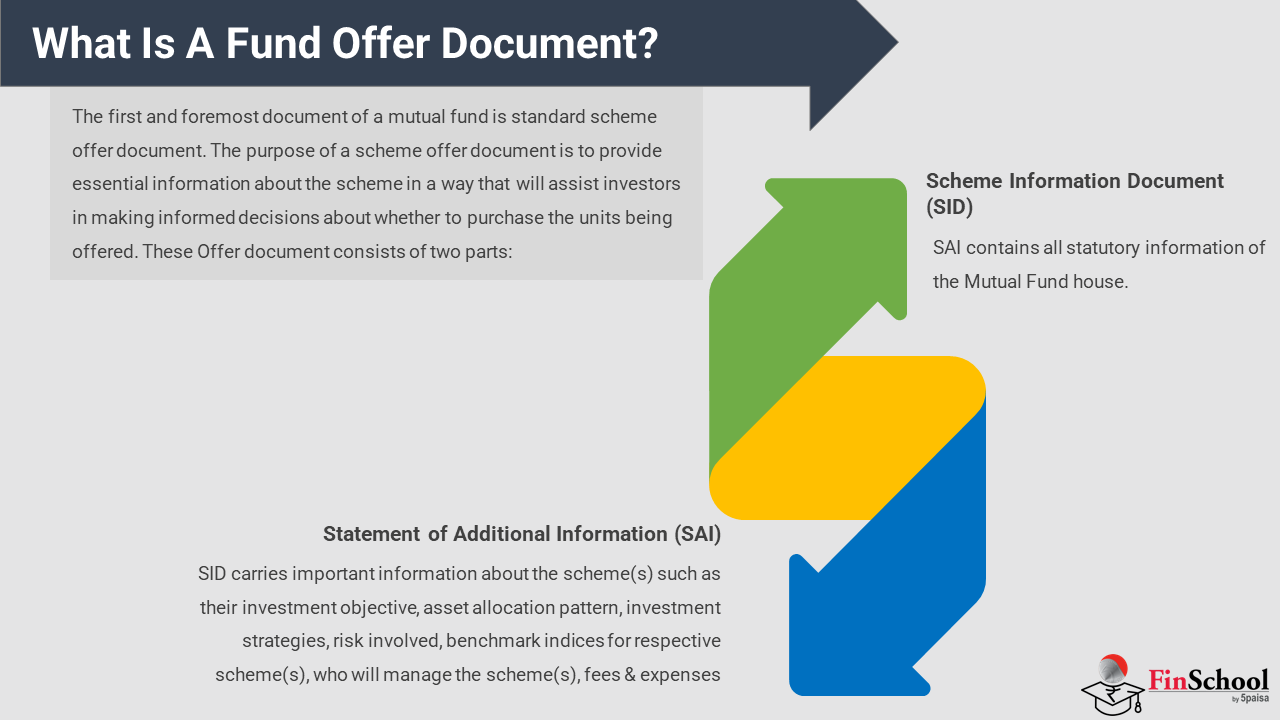- Study
- Slides
- Videos
3.1 Introduction To Policy Documents
- In India, insurance policies are required to be backed by documents. These documents are proof of the existence of a policy and its validity. They also provide information about who is covered under the policy and what kind of coverage it provides.
- Documentation is necessary for any type of insurance, car insurance, bike insurance and health insurance. To be valid in India, these policies need to have a police verification certificate from the state where they were issued. The documents must also have an attestation from an Indian Consulate or embassy in that country.
- Buying insurance plans has become quite simple due to the availability of an online platform that allows you to buy a policy from your home or office. Whenever one buys insurance whether online or through insurance agents there are certain documents which needs to be submitted to the insurance company.
- An insurance is thus a legal contract to establish the legality of the contract documents are necessary.
3.2 What is an Insurance Document?
Insurance document is a legal document that protects against financial loss due to injury, property damage or death. Insurance documents are issued by an insurance company to individuals or business. Insurance document is created by an insurance company to protect the insured from the loss. In India it is mandatory to have an insurance policy before starting any business. To buy any insurance policy in India there are certain mandatory documents which are needed. Let us understand them
Documents Required for Car Insurance
|
Sr. No. |
Documents Needed For Taking New Insurance |
Documents Required for Renewal |
Claim Process |
|
1 |
Birth Certificate |
Government-issued ID Proof |
Duly signed and filled claim form |
|
2 |
Voter ID |
Address Proof |
Insurance Policy Document |
|
3 |
Pan Card |
Recent Photograph |
Car’s Registration Certificate |
|
4 |
Aadhaar Card |
Driving License |
Driver’s License |
|
5 |
Driving License |
Vehicle Registration Number |
Pollution Under Control Certificate |
|
6 |
Car Registration Certificate |
Registration Certificate |
Original Receipt/ Bill of Repairs |
|
7 |
Car Registration Number |
PUC Certificate/ Pollution Test Certificate |
FIR |
|
8 |
Old Car Insurance Policy Number |
Old motor insurance policy number |
A copy of PAN Card (if the claim amount is more than Rs 1 Lakh) |
|
9 |
Passport |
Credit or Debit Card details for online banking |
Duly signed Satisfaction Voucher or Discharge Voucher |
Documents Required for Health Insurance
|
Sr. No |
Documents For Health Insurance |
Documents Required For Renewal |
Documents Required for Claim |
|
1 |
Proof of Age such as Passport/driving license/Aadhaar Card/Pan Card/Birth Certificate, 10th or 12th marks sheet |
Old Insurance Policy Number |
Original Investigation Reports |
|
2 |
Proof of Address such as Aadhaar/telephone bill/ration card/pan card/driving license |
Policy Renewal Notice
|
Pharmacy bills along with the prescription |
|
3 |
Passport Size Photograph |
Proposal Form
|
Final hospital discharge summary |
|
4 |
Medical Reports in case needed |
Photographs |
FIR or post mortem report if happened |
|
5 |
|
Premium Cheque |
Original Bills, Receipts and discharge report |
|
6 |
|
Mandate Letter |
Original hospital bills and valid photo ID Proof |
|
7 |
|
|
Treating doctor’s report and original consultation notes |
|
8 |
|
|
Nature of operation performed and surgeon’s bill and receipt |
|
9 |
|
|
Indoor case papers and duly filled claim form |
|
10 |
|
|
Test reports along with attending doctor’s or surgeon’s Report. |
Documents required for Life Insurance Policy
|
Sr. No |
Documents Required for Life Insurance Policy |
Renewal |
Claims |
|
1 |
Life Insurance Proposal Form, duly filled and signed by the proposer |
Life insurance proposal claim, duly filled and signed by the proposer and/or the life insured |
Original Policy Documents |
|
2 |
Photograph of the proposer |
Photograph of the proposer |
Claimant’s Photo ID Proof |
|
3 |
Photograph of the life insured |
Photograph of the life insured |
Claimant Address Proof |
|
4 |
Age proof of the proposer |
Age proof of the proposer and /or the life insured |
Claim Forms |
|
5 |
Identity proof of the proposer |
Identity proof of the proposer |
Death Certificate attested by the local authorities |
|
6 |
Address proof of the proposer |
Address proof of the proposer |
Copy of Cancelled Cheque/ Bank statement/ Bank Passbook |
|
7 |
Medical Examination of the proposer |
Medical examination report of life insured if required by the policy because of the age and/or the sum assured chosen |
Copy of FIR/Post Mortem Reports/Panchnama |
|
8 |
Income proof of the proposer |
Income proof of the proposer if the sum assured and/or the premium of the policy is high |
Medical Records (Discharge Summary) |
|
9 |
PAN Card of the proposer |
PAN Card of the proposer |
|
|
10 |
|
Old life insurance policy copy/number |
|
Maturity/Survival Claims Documents
|
Sr. No |
Maturity/Survival Claims |
|
1. |
Discharge Voucher sent by insurance company duly filled and signed by the policyholder |
|
2. |
Life insurance policy bond |
|
3. |
Identity proof of the policyholder, legal heirs or assignee as the case may be, Bank account details of the policyholder, legal heirs or assignee as the case may be, Age proof of the insured member if it is was not submitted at the time of buying the policy. |
Death Claims
|
Sr. No |
Death Claim Documents |
|
1. |
The death claim form, duly filled and signed by the nominee |
|
2. |
Life insurance policy bond |
|
3. |
Death certificate of the life insured |
|
4. |
Identity proof of the nominee, legal heirs, or assignee as the case may be Bank account details of the nominee, legal heirs or assignee as the case may be Police FIR if death happened due to an accident. |
|
5 |
Post-mortem report, coroner’s report, police inquest report, panchnama and other relevant records if death happened in an accident. |
|
6 |
Any other document as needed by the insurance company to settle the claim. |
3.3. Importance of Documents In Insurance Sector
- With insurance penetration in India seeing a growth post pandemic, protecting the interest of insured becomes crucial. Several of the first time insurance buyers mostly from tier 3 cities invest entire savings in policy cover. However the lack of physical copies of insurance may put their claims to risk, with instances suggesting that the claims process largely remain paper-driven.
- Policy holders usually prefer to have physical documents of the insurance certificate to prevent uncertain events around the claim. The declarations in the insurance document are the basis on which the insurance companies underwrite policies that is they access the risk and calculate the premium to cover that risk.
- When you sign the insurance document you are declaring that you have understood the terms and conditions and the policy features. This means if you realize later that the policy has been wrongly sold to you, it will be very difficult to prove it the consumer court or the insurance ombudsmen. When the claim is filed the insurance authority checks for the authenticity of the documents. Furnishing incorrect information or suppression of facts can be reasons for rejection of the policy.
- It is said that the health insurer who is assuring you to pay the hospital bills when you fall sick should not be bothered to check the education qualification of the insured person. But this is not the true case!
- People who are educated are expected to have better career prospects earn more be aware and have access to better health care. Education could have some bearing on risks. Correct declaration of education qualification is also important to avoid troubles later. But it is not mandatory to declare the qualifications as yet.
3.4. Proposal Form
(1) The first gives details about the proposer, his name, address, occupation, the details about the type of insurance that he wants to take and the name of the nominee to whom the money is payable in case the policyholder does not survive to take the maturity amount.
(2) The second portion relates to the details of the insurance policy that the proposer already possesses, the present health conditions and the personal history of his health, any sickness or accident he might have had. This is a detailed questionnaire and the proposer is expected to reply to each question truthfully and honestly. A female proposer has to reply to certain additional questions specific to her gender.
(3) The last portion of the proposal form relates to the declaration. Through this declaration, the proposer
- Affirms the veracity of the statements made in the proposal form in replying to the question
- Affirms that he/she has not suppressed, misrepresented or concealed any fact which may be material to the risk
- Agrees that this declaration along with the proposal form shall form the basis of the contract and if any information is found to be false the contract will be null and void thus reinforcing the principle of “Uberimma Fides” (Utmost good faith).
- Further agrees to take the insurance on the terms and conditions decided by the insurer. The proposer further agrees to keep the insurer informed of any changes in the position relating to his health or his occupation between now and the issuance of the first premium receipt.
It is thus clear that after the insurer has issued the first premium receipt, the contract is said to have concluded and thereafter the insurer has no right to change the terms of the contract. However, the insurer has a right to offer any term and condition before the final acceptance of the insurance.
For example, in case of a female proposer, the insurer may not agree to accept the risk of the childbirth. In case of certain hazardous occupation like commercial pilots, the insurer may like to exclude the risk to life due to such occupation.
In case of certain deformity, the risk of accident can be excluded. These exclusions of risks are not normal terms of the policy contract and therefore have to elicit consent of the proposer. In case of a substandard health, the insurer may like to accept a reduced risk during the first one or two years of the insurance. The consent of the insured is a must for such limitations to be imposed. All such special conditions or riders are mentioned in the policy either by an endorsement or attachment to the document.
Before an organization or individual signs up for insurance, they will be interested in knowing how much it will cost them. Marketers and sales agents in insurance companies constantly need to generate quotations for possible clients.
A typical insurance quote template Word would include the following sections:
- Introduction Statement:This could be a brief letter describing the insurance company and letting the prospect know what you stand for and what you represent in the insurance quotation template.
- Product List: This insurance estimate format section has the full list of insurance packages that the insurance company provides. Some insurance companies choose to focus on the packages that would interest the prospect while others will mention everything they offer.
- Pricing: This section is what would interest the prospect the most. It shows the premiums paid for different policies as well as what is covered under those premiums. The pricing is usually for only the policies that apply to the prospect. For example, a medical practice would not need quotes related to a hotel.
- Terms and Conditions: This section explains the conditions under which the policy will be issued. These need to be error-free and that is why having them as part of the template is important.
3.5. Insurance Policy Template
Every new client will need an insurance policy document that spells out what the insurance covers. These documents for insurance policy have five parts and most of the information contained here is the same for all policies. Having an insurance policy form template instead of copying and pasting sections would make it faster and easier.
Whether it is a life insurance template or a home insurance policy template it needs to have the following parts:
1- Declaration: This has the details of the insured individual or company, the type of insurance being provided, the limit of coverage as well as the premium. The declaration is the summary of the policy. This part may have some variables that need to be filled.
2- Agreements: This part has information regarding what the insurance company is ready to pay for in case the insured risk befalls the client. There may be many agreements listed within the policy. An insurance form template makes the process of producing this section faster.
3- Definitions: Some words or phrases are unique to insurance documents and so may have a slightly different meaning from ordinary use. This part of the policy clarifies the meaning of such words. This helps policyholders understand what the insurance policy covers.
4- Exclusions: This helps to clarify what may not be covered under the policy. Exclusions also can specify what is covered (and to what extent).
5- Conditions: This section determines under what conditions the insurance company will provide cover under the policy. For example, it will pay for the theft of property from a client’s home on condition there is evidence of forced entry.
3.6. Insurance Letters
Insurance companies communicate with their clients often and letters are a common medium for communication. To save time that would be spent drafting letters, insurance companies can have templates for these letters.
Insurance letters that need templates are usually notifications. These notify clients about progress made in their claims processing, expiry of their policy as well as adjustments made to the policy or claims. These insurance documents or letters need to have a standard flow and must be free of error.
Most parts of notification letters remain the same, so it is possible to have templates for them. The sections of the insurance letter sample can include:
- Address:The address of the insurance company and includes the logo of the company clearly at the top. The information on this part does not change.
- Particulars of Recipient: This is a variable section that can be populated according to the intended recipient’s information. It will comprise the name of the correspondent, address, policy number (where applicable)
- Date:The date the letter was authored must be included. Sometimes a letter may be urging the correspondent to take action within a given period from the date the letter was issued.
- Body: This part of the letter contains the important information that the insurance company wishes to convey to the recipient. The greater part of the body of the letter is standard except for variable fields like dates and figures.
- Sign off: This part has the signature of the author of the letter or authorizing officer and where necessary, it will be copied to other stakeholders.
3.7. Certificate of Insurance
Every time an insurance policy is approved, the policyholder is issued a certificate of insurance. This insurance document contains a summary of the insurance policy as well as details of the holder of that policy. It is important that no mistakes are made on this document and having a template for the document can eliminate errors.
Although there is no particular format for a certificate of insurance form, there are certain fields that need to be included in the template. These include:
- Date:This shows when the certificate of insurance are issued in. There is also another field that will show the duration of the policy. It will show the start date and the expiry date.
- Disclaimer:This section summarizes the nature of the insurance with limitations included.
- Insurer:The name and particulars of the insurance broker that is issuing the certificate.
- Policy Holder:This field contains the name of the individual or organization that is being insured. It will include other details that help to identify the policyholder including the policy number.
- Insurance Cover: This field spells out what the insurance policy covers. It is the section that most people pay attention to when they ask for the certificate as it gives proof that the certificate holder is insured for a particular liability. It can contain more than a single cover if the insured has multiple covers.
- Liability Limit:This field gives the exact amount of money that would be paid as compensation under the premium paid.
- Additional Information: An extra field can include information like a list of items covered under the policy for example a list of vehicles insured by an organization. It can also inform the holder about the means of communication that will be used to notify them when the policy has been canceled.
- Declaration: Some certificates will include a section where the parties involved declare their commitment to honor the policy details.
- Signatures:This field contains signatures of the insurance company and the insurance broker.
3.8. Insurance Claim Document
Insurance claims documents are detailed reports that need to be organized in a manner that makes them easy to read. Having a template that structures documents required for insurance claim in a particular way will help achieve that aim.
The documents required for the settlement and claims of insurance policy will need templates and these include:
- Medical Reports:For medical insurance, the claims template would be structured in a way that all the necessary medical information can be captured to ascertain the amount of money to be paid towards settling the medical bills.
- Accident Reports:For auto insurance, accidents are a common claim. The report template has a structure to be followed when compiling and creating this report.
- Inventory:In the case of loss or damage to property, the claims document will list all the property that has been lost or damaged. The items will also be valued so that compensation can be made.
- . Third-party Claims: In case the insured person has caused injury or loss to a third party, an assessment is made and the results of that are entered into the claims document. Different insurance companies can choose how these document templates can be structured
3.9 Insurance Loss Adjustment Documents
- When a claim notice is issued, the insurance company uses loss adjusters to determine the liability of the insurance company. The number of loss adjustment documents that may need to be produced by a single insurance company is just as many as the claims and that is why templates are needed for the claim adjustment process.
- The template will help to quicken the process of loss adjustment so that the client can get a settlement as soon as possible.

